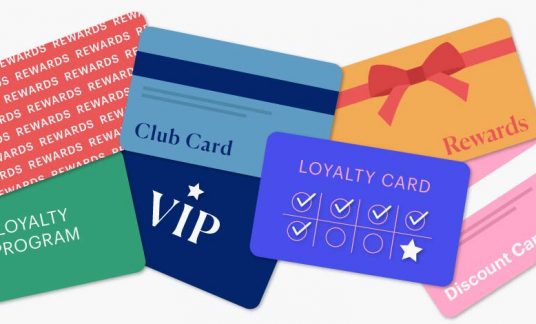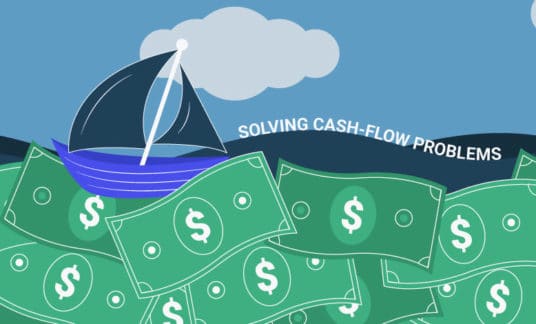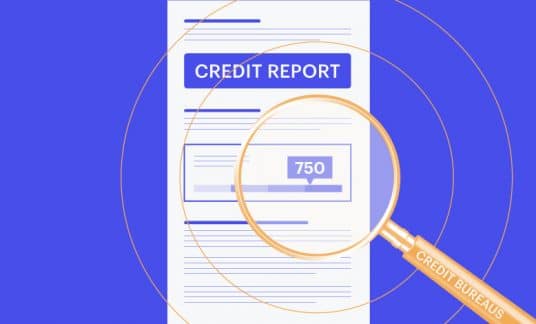Buying goods from foreign countries and reselling them in the U.S. can be a lucrative venture. Indeed, the total value of imported goods was valued at more than $2.61 billion in 2018, according to the International Trade Centre. As an importer, you connect with exporters (e.g., retailers, manufacturers, distributors or artisans) worldwide to purchase goods. Then you market, resell, package and ship the products through your company.
An import loan, by definition, can give your business the funds it needs to avoid running into cash-flow issues. We’ll explain why you may need an import business loan and list several major import loan financing options.
Do You Need an Import Business Loan?
Compared with other businesses, an import company is more likely to run into cash-flow problems because it has to pay for the goods before they’re shipped. Then it needs to market, package and distribute the products before generating money from the sales. The process may be even longer if you’re importing products that are regulated, such as agricultural or food and beverage products.
The logistics can be complex and take a long time — leaving a significant gap between the time you pay the vendor and getting paid by the customers. In addition, if you sell to large corporations (e.g., big-box retailers,) you often have to wait 30-60 days before the invoices are paid. To relieve some of the cash-flow challenges, you can use an import business loan to:
- Bridge the gap between the time you have to pay for the imported products and when you get paid by your customers.
- Offer faster payment terms to suppliers to improve your bargaining power.
- Build your business credit and reputation by paying suppliers on time.
- Purchase more products at one time to meet market demands or get better pricing to increase profits.
5 Import Business Financing Options
Most import loans provide working capital for your business by using the goods shipped or proof of the transaction as collateral. Here are the major types of import business loans:
1. Inventory Financing
With inventory financing, the lender will give you the cash you need to purchase goods and use the inventory as collateral. If you’re unable to repay the debt, the lender will reclaim and liquidate the products. This financing option is commonly issued to businesses with inventory as their most valuable asset, so it’s relatively easy for importers to be approved.
Alternatively, you can use your current inventory as collateral to obtain the cash to purchase more goods. This allows you to increase stock without impacting your cash flow. This is a good option as long as you’re quite confident that you can service the debt.
Since the inventory lender will have to liquidate and sell the assets if you default on the import trade loan, most will require an extensive due diligence process as part of the application. It’ll likely conduct a field audit of your business and inventory to ensure that the goods are valuable enough to recoup the potential debt. The auditing may take some time, so this import business financing option may not be the best bet if you need the cash quickly.
2. Invoice Financing
Also called invoice factoring, this self-secured loan uses your unpaid invoices as collateral to provide you with short-term working capital that helps improve your cash flow. In most cases, financing companies give you an advance payment at 80% to 90% of the total amount of the unpaid invoice and typically charge a fee of about 3%.
This financing option is equivalent to selling your unpaid invoices to a third-party for quick access to cash. The invoice factoring company will handle the payment collection of those unpaid accounts receivables. Compared with inventory financing, it allows you to get the money faster, something to keep in mind if you need immediate access to cash for your import business.
Whether the lender will get paid is contingent upon your customers’ ability to fulfill the payment. Therefore, it’ll evaluate your customers’ reputation and creditworthiness in addition to the value of the invoices when you apply for invoice financing.
3. Purchase-Order Financing
If a vendor requires payment for the goods before they’re shipped, purchase-order financing will allow you to meet those terms even if you don’t have enough cash on hand. With this financing option, the lender fronts the supplier up to the entire amount the company needs to make and ship the products. After the customers receive the goods, the company invoices them, using revenue to pay the lender back, plus a fee.
With this kind of financing, the lender assumes the risk and is responsible for billing and collection. After it receives payments from your customers, it takes a cut of the proceeds and pays you the profit. This funding is a good option if your goods generate a substantial profit.
The amount that a financing company is willing to front often depends on the profit margins. The stronger they are (typically about 15% to 25%), the more money the lender will cover. Also, you’ll need to show that your customers have good credit scores and you have reliable suppliers that can deliver on time, in order to qualify for purchase order financing.
4. Business Line of Credit
This type of financing is a revolving resource that allows you to take advantage of sudden opportunities or use as a safety net when cash is short. It’s a great financial tool for getting the cash you need to take advantage of low-cost products or respond quickly to market demands.
After you’ve opened a line of credit, you can pull the funds you need from it at any time (as long as it’s within the limit.) Even if you have access to a sizable line of credit, you’ll only be responsible for repaying the funds you use, plus the interest. Lenders will determine your eligibility for a line of credit and the loan amount using factors such as your company’s credit score, annual revenue, and time in business.
While it’s most common to get a line of credit from banks, they typically have more stringent requirements. If you don’t qualify for a line of credit from conventional financial institutions, you can consider alternatives that provide short-term lines of credit to small businesses (e.g., Kabbage and OnDeck), which have less stringent qualifying criteria.
5. Letter of Credit
With a letter of credit, also known as a documentary credit, a bank guarantees on behalf of your business that the imported goods will be paid for once the supplier meets specific conditions. For example, the vendor needs to provide an invoice in the correct amount or a bill of lading, ship goods within a predetermined time frame and show other documents that prove the proper fulfillment of the order.
This option helps you mitigate the many risks associated with international trades, such as logistical, political or credit complications associated with the supplier, exporter and currency fluctuations. Often, a letter of credit also allows you to negotiate better terms with the vendor since you’re lowering the risk of doing business with you.
Many commercial banks, such as JPMorgan Chase and Citibank, offer this kind of specialized financing. With the bank acting as your agent to navigate the payment process, this option provides greater protection and flexibility than you’d have if you handle the transaction yourself. When you apply for a letter of credit, your bank will evaluate your creditworthiness and years in business to determine eligibility.
Getting the Most From Import Business Loans
Cash flow can be a challenge for many import businesses but with the right financing vehicles, you can get the funds to gain traction and generate the cash reserve you need to keep your business expanding. Each financing option has its pros and cons. It’s crucial to understand how they work in your circumstances.
When evaluating your options, you should consider how soon you’d need the loan, the cost of the financing option (e.g., interest, fees) as well as other factors such as your business’s reputation, your supplier’s reliability and your customer’s creditworthiness.












